|
How
cork
is made
An
illustrated guide to the cork production process
Ever
since wine bottles were adopted in the 18th century, cork has been the
one-size-fits all closure solution. It's only recently that it has
faced competition from alternative closures such as screwcaps and
plastic corks, which some winemakers have adopted because they've been
frustrated with the high incidence of 'cork taint'. This is a musty
taint caused by the presence of trichloroanisole in the cork, and
affects (depending on who you ask) from 2-5% of all bottles sealed
this way.
But
cork is fighting back. Producers are changing their production
processes, implementing quality control steps and turning to curative
strategies to rid cork of contamination. They are also emphasizing
cork's green virtues: it is sustainable, has a low carbon footprint,
and its economic importance preserves rural communities and the
ecosystems of the cork oak forests.
In
this illustrated guide, I'll be taking a look at how this remarkable -
albeit somewhat flawed - natural material
is transformed into wine bottle corks. The pictures and video were
taken during a visit to the largest cork producer (Amorim)'s
production facilities in the Alentejo (south of Portugal) and near
Porto (in the north)
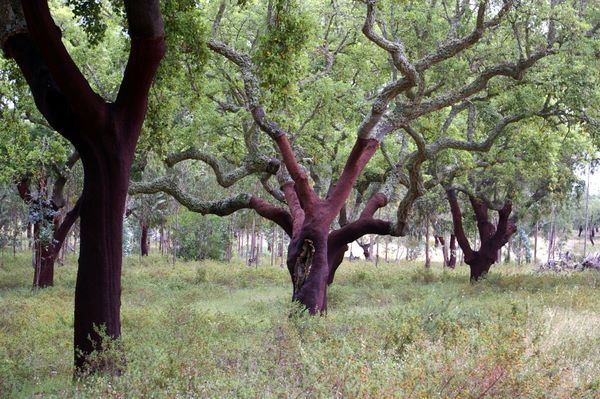
A
cork
forest in Portugal's Alentejo region: the exposed red/brown part of
the trunk is where the cork bark has recently been harvested. Cork
is grown across the mediterranean, with most of the forests in
Portugal, quite a few in Spain, some in France, some in Sardinia and
some in North Africa.
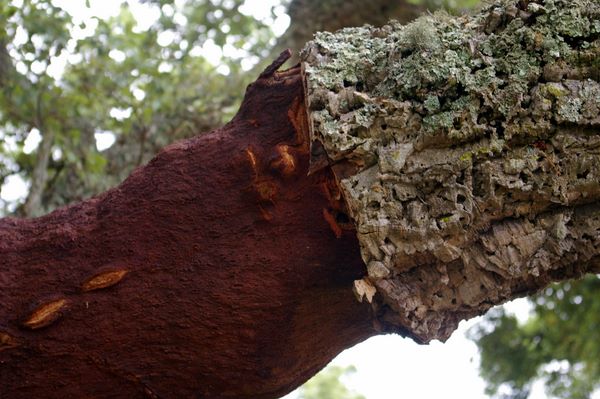
The
interface between the cork bark and the harvested portion of a branch.
Just after harvest the denuded trunk is a vivid orange colour.
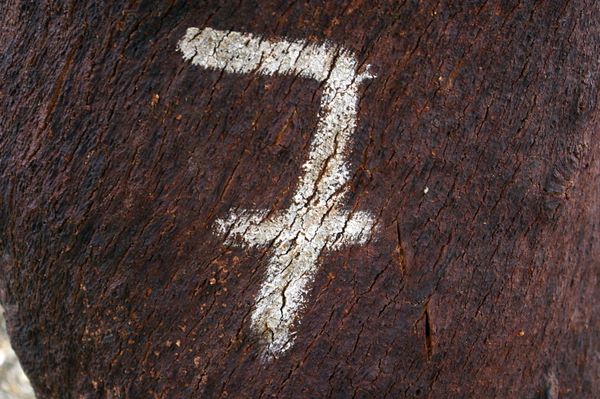
The
bark is harvested every nine years. A number is left on each tree
indicating the year of harvest. This tree was harvested in 2007; it
will next be harvested in 2016.
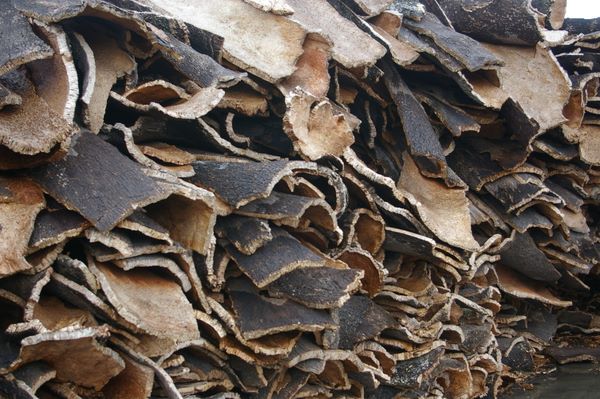
Cork bark planks after harvesting. These
are removed from the forests and stacked up in the open air to season
at the cork factories. Recently, the best cork producers have
made sure that this seasoning takes place on concrete, not bare earth.
For Amorim this means that there's a hard storage area the size of a
couple of football pitches.
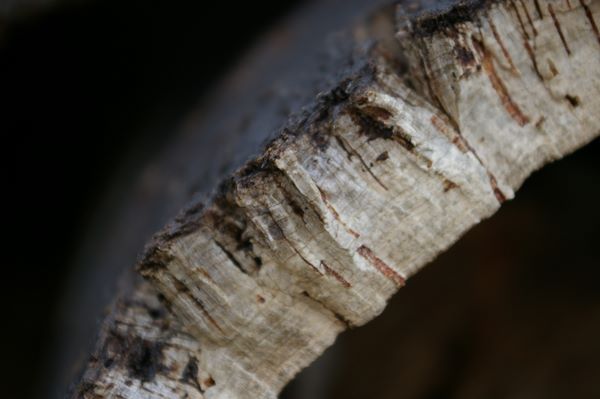
Close-up
of a cork plank
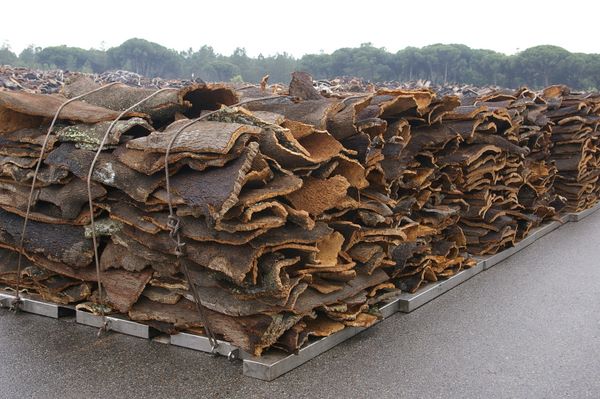
Planks stacked on pallets, ready for
processing
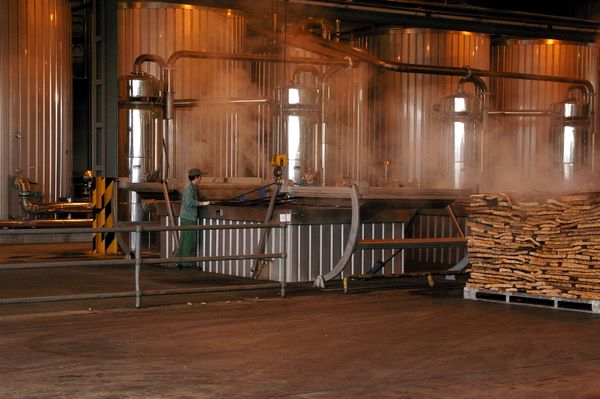
The cork planks being boiled. In the old
days, this is where a lot of cross contamination occurred, because the
same water was used again and again in a boiling pit. Now, the leading
cork producers will use a system that cleans the boiling water,
removing potential contaminants. It's much more hygeinic.
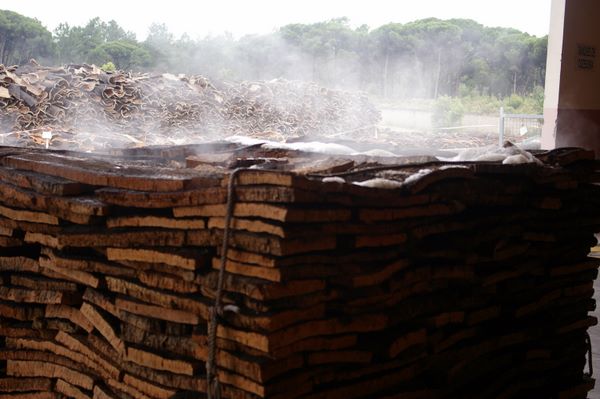
Planks after boiling. This softens them,
cleans them and gets them ready for further processing.
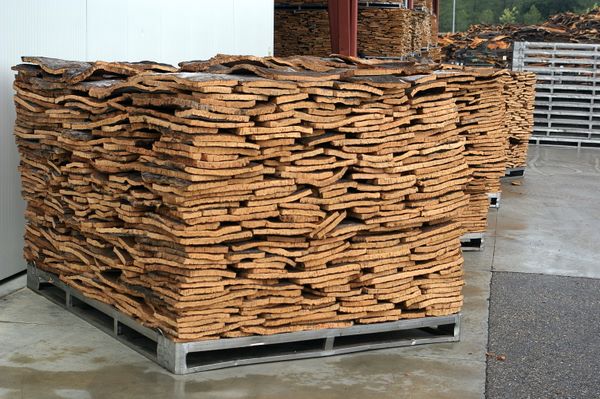
Planks after boiling, stored on a metal
pallet: wooden ones are a bad idea because this can lead to
contamination from the chemicals used to treat wood.
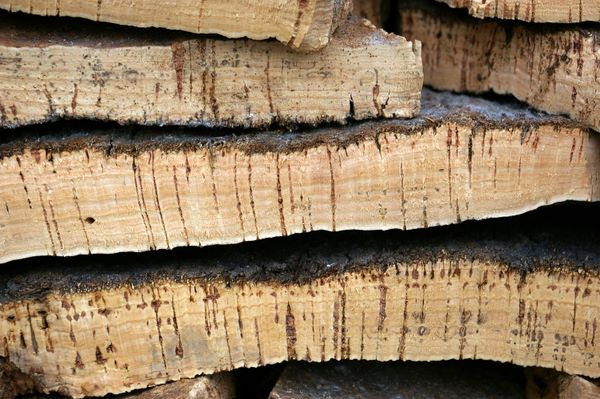
Close-up of freshly boiled planks. The
lines running through them are called lenticels: these are the gas
exchange pores allowing air to get through the bark layer to the tree.
On to part 2, in
the factory
Back to top
|

